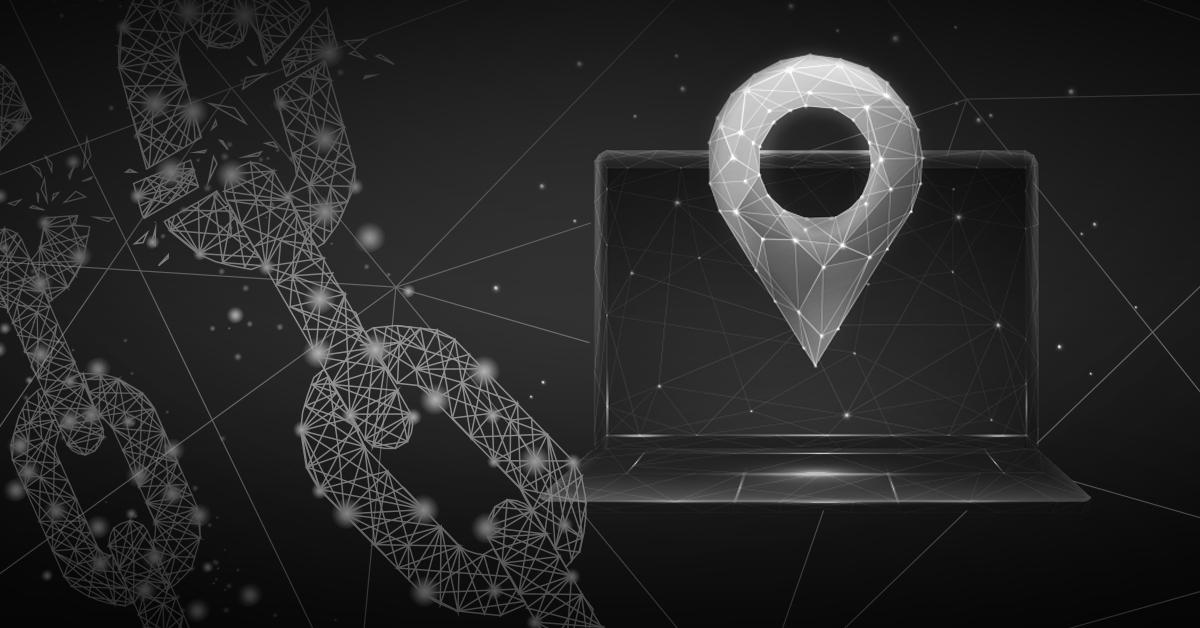TL;DR Summary
The third stage of the cyber kill chain, Delivery, is where threat actors actively transfer malware to a targeted system. This marks the transition from planning to execution. Attackers commonly rely on methods like phishing emails, remote desktop protocol (RDP) exploits, and software vulnerabilities to deliver their payloads. To defend against these threats, organizations should focus on a layered approach:
- Employ email and web filtering to block malicious content
- Conduct regular vulnerability scans
- Invest in employee training to build awareness and resilience
- Deploy advanced tools like managed detection and response (MDR) or extended detection and response (XDR) to detect and contain threats in real time
Fortra recommends combining technical controls with human defenses, offering solutions like Fortra Cloud Email Protection and gamified training platforms for human risk management to reinforce proactive defense.
Understanding the Delivery Stage of the Cyber Kill Chain
The delivery stage is the third phase of the cyber kill chain, whereby attackers transmit the weaponized payload to the target environment. It marks the transition from preparation to active engagement with the target.
Cyberattack Delivery: Methods and Examples
Attackers use various methods in the delivery stage of a cyberattack, such as:
Remote Desktop Protocol (RDP) Attacks: Cybercriminals exploit weak or stolen RDP credentials to gain unauthorized access to a system and deliver malware.
Email Phishing: Attackers send fake emails that trick users into visiting compromised websites or clicking malicious attachments.
Vulnerability Exploitation: Threat actors exploit known vulnerabilities in software or operating systems to deliver malware directly to targeted systems.
Malicious Downloads and Software: Attackers can distribute malware by disguising it as malicious software or files, such as through fake software updates, pirated software, and malicious browser extensions.
Mitigating the Delivery Stage of a Cyberattack
Proactive Security Measures
A proactive approach is crucial to mitigating the delivery stage of a cyberattack. Attackers can deliver malicious payloads at unprecedented speed, meaning it’s no longer enough to simply react to attacks. Examples of proactive security measures include:
Email Security Solutions: Advanced email security platforms that utilize AI and threat intelligence platforms can detect and block phishing attempts and malicious attachments before they reach user inboxes.
Web Content Filtering: Solutions that filter, monitor, and block malicious web traffic can protect web applications and prevent access to harmful websites.
Vulnerability Scanning: Scanning for vulnerabilities and remediating them before attackers can find them dramatically reduces the risk of exploitation.
Security Awareness Training
Training staff to recognize and report indicators of cyberattack delivery can mitigate the effectiveness of cybercriminal tactics. For example, staff should be educated to detect phishing attacks, avoid clicking on suspicious links or attachments, and be wary of unverified removable media, like USB drives.
Threat Detection and Incident Response
Although proactive security measures are essential for mitigating the delivery stage of a cyberattack, effective reactive measures are equally critical. Robust detection and response mechanisms typically include:
Managed Detection and Response (MDR): Employ services that offer 24/7 security expertise and threat intelligence to monitor and respond to potential threats.
Extended Detection and Response (XDR): Implement solutions offering comprehensive visibility across the entire IT environment, correlating data to detect and respond to threats.
Incident Response Plans: Develop, rehearse, and continuously improve incident response plans to ensure swift mitigation actions once threats are detected.
How Fortra Can Help
Fortra offers a comprehensive suite of cybersecurity solutions to help mitigate the delivery stage of the cyberattack kill chain. We integrate advanced technologies with unrivaled expertise to mitigate threats before they can impact operations.
Email Security
Fortra’s Cloud Email Protection solution, Agari, detects threats like phishing, BEC, and targeted social engineering attacks with advanced features like AI-powered data science, global threat intelligence, and automated remediation. It also protects user inboxes across cloud, on-premises, and hybrid environments.
Extended Detection and Response
Fortra delivers industry-leading MDR, XDR, and web application firewall (WAF) solutions. It analyzes an organization’s data points and telemetry sources, offers a highly skilled security operations center (SOC) team, and filters and monitors web traffic to mitigate a wide range of cyberattack delivery methods.
Security Awareness Training
Fortra provides a comprehensive training program that educates employees on how to recognize and respond to cyber threats. It empowers users with phishing simulation training, allows admins to measure behavior change with in-depth analytics, and ensures knowledge retention with gamified training.
Discover how Fortra can help you break the attack chain.
Want to learn more?
Start at the beginning and master the basics: What Is the Cyber Attack Chain?
